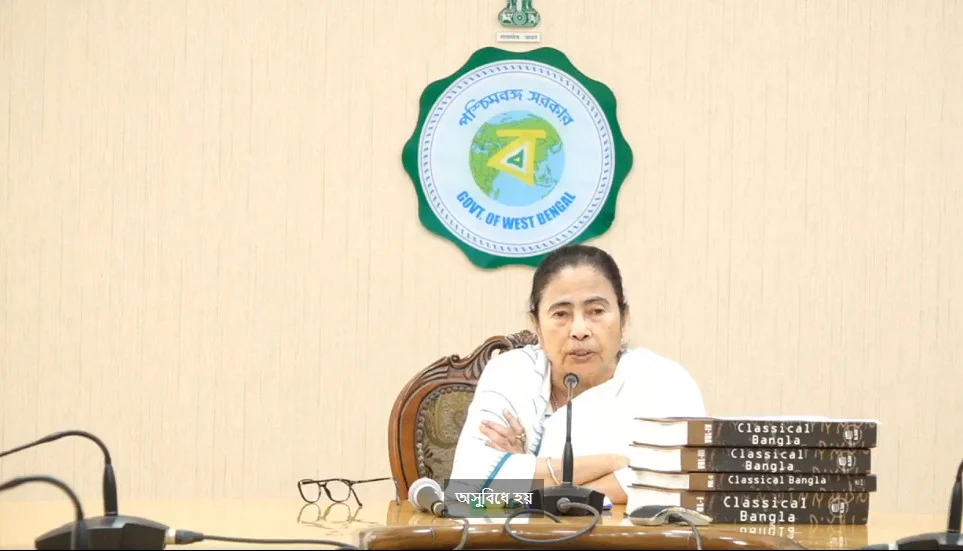Anwarulhaq
Kolkata: West Bengal Chief Minister Mamata Banerjee has ignited a political firestorm with the announcement of an all-faith Sadbhavna (harmony) rally on January 22, the same day Prime Minister Narendra Modi unveils the Ram Temple in Ayodhya. The move, seen by many as a counter-event, has raised accusations of undermining the BJP’s event and triggered tensions between the TMC and the saffron party.
Temple consecration is for priests and saints, not politicians
A vocal critic of Bharatiya Janata Party (BJP), Banerjee asserts that the inter faith rally is not a protest against temple opening but a celebration of interfaith harmony. Her itinerary starts with prayers at the Kalighat Temple, followed by a procession through houses of worship from multiple faiths before culminating in a public gathering. The invitation extends to all communities, emphasizing inclusivity. “Temple consecration is for priests and saints, not politicians,” Banerjee asserted, highlighting her focus on infrastructure development. She maintains the rally isn’t a protest, despite its coinciding with the Ram Temple inauguration. The chief minister emphasized the universal nature of festivals and her commitment to fostering peace and amity between religions.
This comes after Banerjee’s first public stance on the Ayodhya event, where she criticized communal divisions and questioned the timing, linking it to upcoming general elections. However, she avoided direct criticism, focusing instead on her message of pluralism and inclusivity.
Tensions are high. The BJP accuses the TMC of disregarding Hindu sentiments, alleging potential communal clashes on a day of traditional Hindu rituals and temple visits. Their preparations for the inauguration include door-to-door campaigns, distributing invitations and ceremonial rice, cleaning temples, and even urging “Dipavali Utsav” celebrations on January 22.
some TMC leaders call the rally a “masterstroke”
While some TMC leaders call the rally a “masterstroke,” critics see it as a veiled attempt to counter the BJP’s focus on the Ram Temple and appeal to minority communities. Banerjee carefully avoids direct criticism of the Ayodhya event, emphasizing her commitment to communal harmony and inclusivity.
Welfare Party of India president Dr. SQR Ilyas condemns parties’ involvement in religious issues, urging them to focus on public concerns like employment and the economy. Abdul Aziz, a noted state leader and the FDCA secretary, cautiously welcomes Banerjee’s rally as a countermeasure against rising communalism due to the Ayodhya event. He sees Mamata’s inclusive approach as a positive alternative to the BJP’s polarization efforts and acknowledges its potential to shift attention towards promoting communal harmony, especially in light of upcoming elections.
Adding to the tension, BJP leader Suvendu Adhikari has petitioned the Calcutta High Court to postpone the TMC rally and deploy armed forces on January 22, citing potential violence due to the coinciding events. The court has accepted the plea and will likely hear it soon.
The Socialist Unity Centre of India-Communist (SUCI) plans a counter-rally against both the BJP’s “Hindutva agenda” and the TMC’s “soft Hindutva.” The CPI-M criticizes both parties for neglecting crucial issues like unemployment and views their rallies as mere attention-grabbing stunts.
With the political and religious landscape in West Bengal heating up, Mamata Banerjee’s Sadbhavna rally on January 22 stands as a potentially significant event, impacting both electoral dynamics and the ongoing debate over the Ram Temple inauguration. The diverse reactions reflect the complex interplay between politics, religion, and communal harmony in India.

